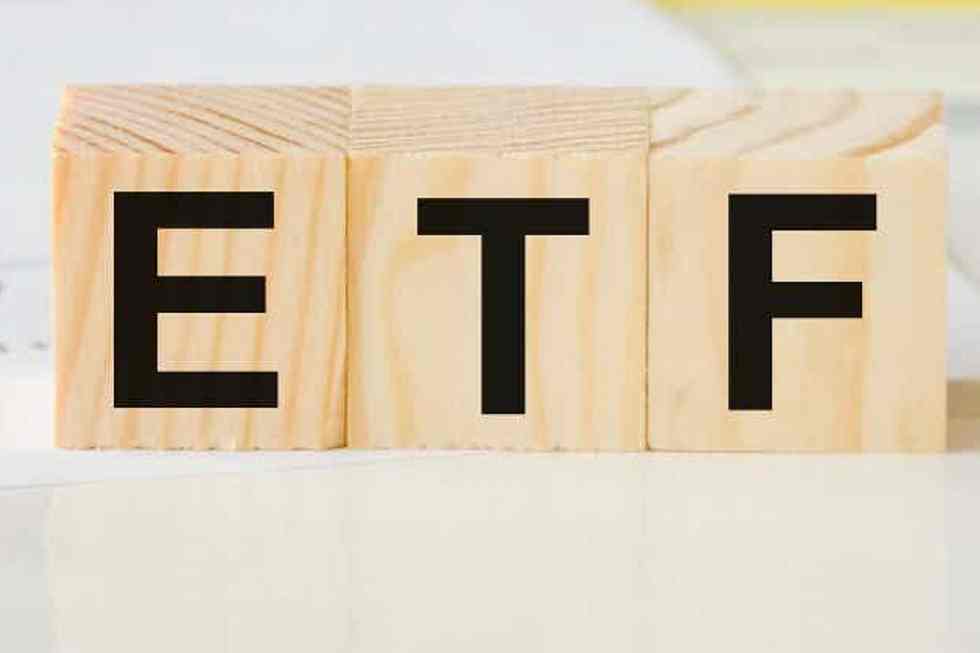Given the expansion within the variety of exchange-traded funds (ETFs) out there in recent times, the method of choosing an acceptable ETF could be time-consuming and appear overwhelming.
While you’re evaluating an ETF, and whether or not it could meet your wants and targets, there are numerous components to think about, together with the index the fund goals to trace, the asset class, nation, sector, theme or funding technique the ETF presents publicity to, and the ETF’s construction, prices and underlying holdings.
Right here, we check out a few of these vital issues when analysing totally different ETFs and attempting to slim down your funding alternative.
May ETFs be best for you?
ETFs are usually an simply accessible and low-cost solution to construct an funding portfolio, which may make them appropriate for both newbies or skilled traders, and for an array of investing methods.
ETFs are managed funding funds which could be purchased and offered on the ASX identical to shares. For the investor simply beginning out, they make it potential to achieve diversified publicity to a variety of asset lessons, together with shares, fastened revenue and commodities, each in Australia and internationally, with out having to commit a considerable sum of money.
Whether or not an investor’s technique is time-based or goal-based, ETFs could be a good solution to achieve publicity to both progress, revenue or defensive investments, or for tactical publicity to a selected thematic, area, nation, foreign money and extra.
How do you select what sort of ETF to buy?
What’s the easiest way to zero in on the proper ETF for you?
Contemplate your funding technique
When selecting an ETF, it’s useful to first take into consideration your circumstances, together with your targets, time horizon and threat tolerance.
For instance, are you investing for long-term progress, for revenue, or to achieve publicity to a selected asset class, sector, area, nation or thematic?
Contemplate the asset class
Decide your asset class primarily based in your funding technique.
For instance, ETFs can provide diversified publicity to a portfolio of Australian equities or worldwide equities for progress, whereas traders searching for revenue historically have turned to fastened revenue ETFs, offering entry to bonds, or to high-yielding equities ETFs.
Different ETFs present publicity to commodities, foreign money or hybrid securities.
You possibly can even spend money on a multi-asset, all-in-one diversified ETF, which takes care of the asset allocation choices for you.
Perceive the fund and the index which the ETF goals to trace
Upon getting narrowed down your funding focus and your asset class, it’s vital to grasp the fund and (the place relevant) the index which the ETF goals to trace.
For instance, two ETFs that target the identical sector and have related names can have fully totally different underlying holdings if the indexes they observe are constructed in another way. This may end up in considerably totally different threat/return profiles.
It’s vital to look underneath the hood of every ETF to see what the fund owns, how the holdings are weighted and the way diversified the portfolio is.
Some key issues:
- What’s the fund’s funding goal?
- Is it a passive or actively managed technique?
- If the ETF goals to trace an index, what’s the index methodology i.e. weighted by market capitalisation, essentially weighted, equal-weighted, or rules-based?
It’s useful additionally to think about whether or not you need broad publicity, or if you happen to’re on the lookout for publicity to a sure market section. You must think about the international locations, areas or sectors an fairness ETF presents publicity to and test the focus of the ETF’s holdings with regard to those components.
For instance, because of the present composition of the S&P/ASX 200, any fund that goals to trace this index will probably be closely weighted in direction of the monetary and assets sectors, in comparison with, for instance, the Nasdaq-100, which has a major allocation to data know-how.
If you’re on the lookout for publicity to a particular trade sector, or an funding theme, slightly than a broader publicity, there are ETFs that purpose to trace a benchmark index for a selected sector, for instance, monetary providers, healthcare, or power, or themes akin to cloud computing, cybersecurity or robotics and synthetic intelligence.
The desk under shows a few of the Worldwide Broad Based mostly ETFs out there on Canstar’s database with the very best three-year returns (sorted highest to lowest by three-year returns after which alphabetically by supplier title). Use Canstar’s ETF comparability selector to view a wider vary of merchandise. Canstar could earn a payment for referrals.
Tricks to evaluate related ETFs
When selecting between ETFs in the same class – or related ETFs throughout totally different issuers – listed here are another issues:
Holdings
- What are the fund’s high holdings?
- Does the ETF report holdings day by day, or much less often (which usually is the case for actively managed funds)?
Charges and prices
- What are the administration prices of the ETF?
- Are there any taxation issues (e.g. capital positive aspects) that must be taken under consideration?
- What’s the ETF’s true value of possession, making an allowance for bid-offer spreads, brokerage prices and transaction different prices?
Monitoring error
- For an ETF that goals to trace an underlying index, how intently has the ETF tracked the efficiency of the index (i.e. have there been any materials monitoring errors)?
Distribution yield and/or franking
- Does the ETF pay distributions?
- Do you favor to take your distributions in money, or reinvest them within the ETF by collaborating in a distribution reinvestment plan (DRP), if out there?












Leave a Reply